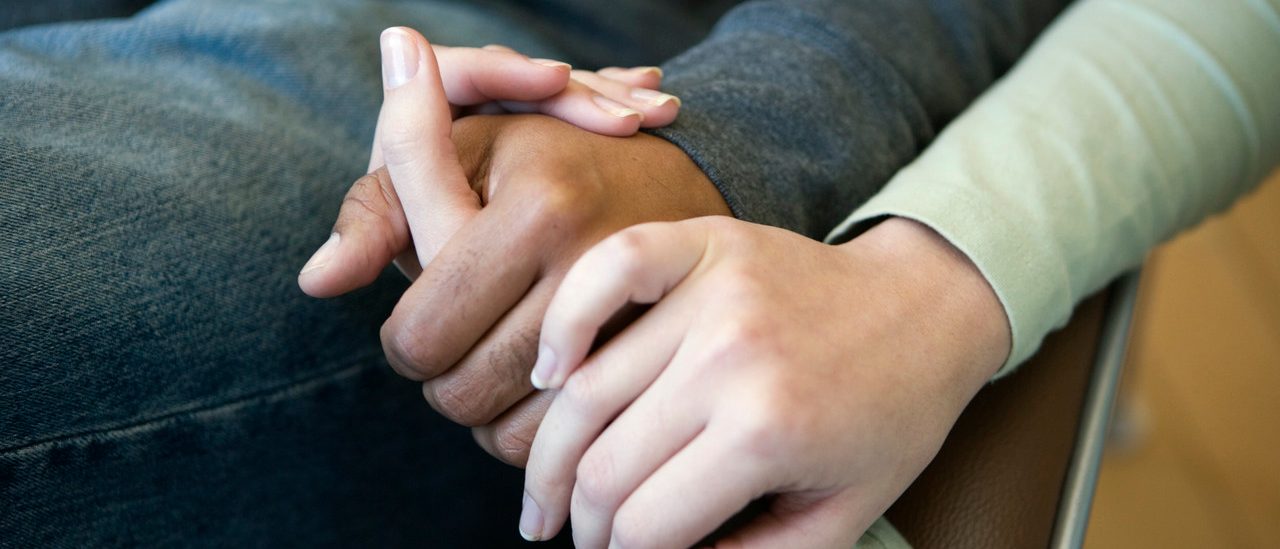What Is a Caregiver?

If you wonder who and what is a caregiver, look around. Millions of Americans are caregivers, often unpaid, providing assistance and care to those in need.
Whether a family has a disabled child, an elderly parent who can no longer care for themselves, or another family member who needs long-term care due to an illness or following surgery, one thing is certain — a caregiver will need to be in the picture.
There are paid caregivers who provide either at-home care (sometimes called direct care) or care in a residential facility, long-term care facility, or day care setting. Frequently, however, caregivers are unpaid individuals — like a spouse or other family member, friend, or even a neighbor — who help others with daily activities and medical tasks.
YOU MIGHT ALSO LIKE: Our Caregiving section
The need for caregivers
With the rapid aging of the U.S. population, the need for caregivers is expected to increase. According to a Pew Research Center report, every day about 10,000 American Baby Boomers turn 65, and a U.S. Department of Health and Human Services study found more than half of the folks in this age group will eventually need assistance from long-term from caregivers, especially if the elders plan to stay in their homes. That will clearly increase the over-growing need for caregivers.
“We are absolutely in a crisis mode,” Robert Espinoza, vice president of policy for New York-based PHI, a direct care workforce research organization, told the Chicago Tribune. “Providers are routinely reporting that they can’t find and they can’t keep direct care workers, which makes it impossible to provide the care that consumers need.”
One of the problems is that few people have long-term care insurance, which is notoriously costly, and regular health insurance and Medicare don’t cover the cost for in-home caregivers.
And when it comes to seeking potential Medicaid help, families may assume the answer to “What is a caregiver?” is simple — a husband, wife, or legal guardian. But that’s often not the case when it comes to who qualifies for financial aid from Medicaid.
A report from AARP explains Medicaid benefits, coverage, and rules differ from state to state for caregivers. Some Medicaid programs pay family caregivers but only if they are not spouses or legal guardians. Others will pay caretakers if they do not live in the same house. And Medicaid home care benefits for caretakers also depend on the Medicaid program in which you are enrolled.
The Veteran Administration offers a Program of Comprehensive Assistance for Family Caregivers to provide services for primary caregivers of veterans — but it is only for vets who meet specific qualifications.
Bottom line: Professional caretakers are in short supply due to the cost and lack of availability. And that means the answer to “what is a caregiver,” more and more, is clear — a caregiver is often an unpaid person, most often a relative, caring for an ill, elderly, or disabled family member.
The challenge of being a family caregiver
In all, about 43.5 million of these unpaid caregivers provided care to an adult or child in the U.S. over the last 12 months, according to the Family Caregiving Alliance.
It’s an often challenging and stressful role that can cause financial and health problems for caregivers. They typically make sure medication is taken properly, drive those they care for to doctor appointments, and attend to household tasks like cooking and cleaning — often with little relief.
That’s why the Centers for Disease Control and Prevention (CDC) urges caregivers to remember to not only take care of the person they are helping — but to take care of themselves.
Self-care tips for caregivers from the CDC:
- Join an online or local support group to share experiences and information with other family caregivers. It will help you feel less isolated.
- Ask for help from other family members and friends if needed. Often people want to help and just need to be asked.
- Take breaks and work regular exercise into your day — even short walks can help lower stress. Eat a balanced and nutritious diet.
- Pay attention to your own mental and emotional health. Don’t let being a caregiver take up your entire life. Work on maintaining your interests and friendships.
- If you are not feeling well, don’t ignore any symptoms. Arrange for someone to take over your caretaking duties and see your doctor. Remember, you can’t be a good caretaker if you are sick and not attending to your own health.
Updated:
April 07, 2020
Reviewed By:
Janet O’Dell